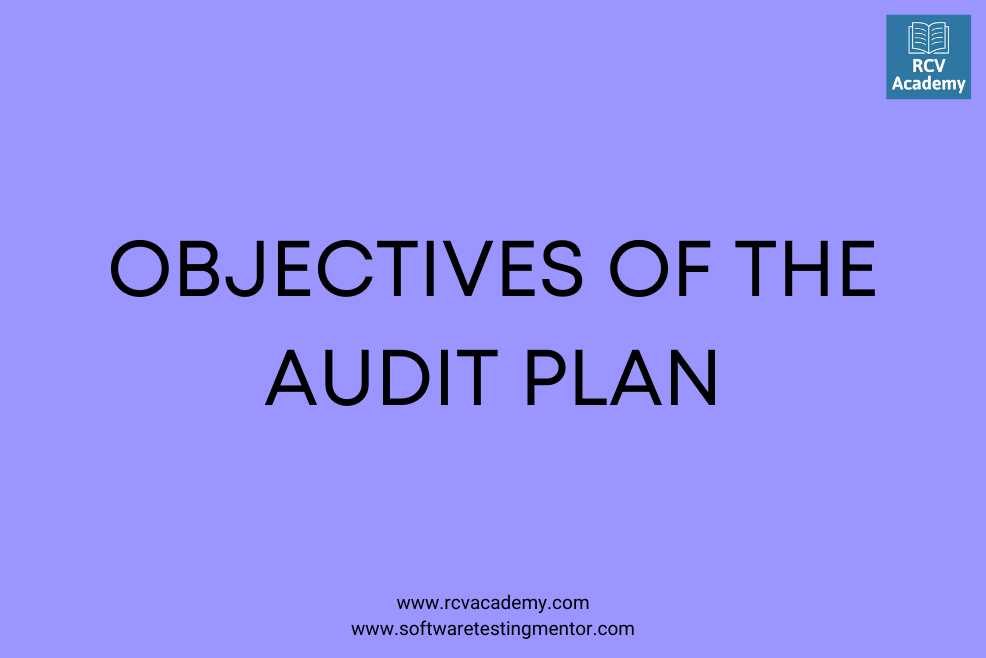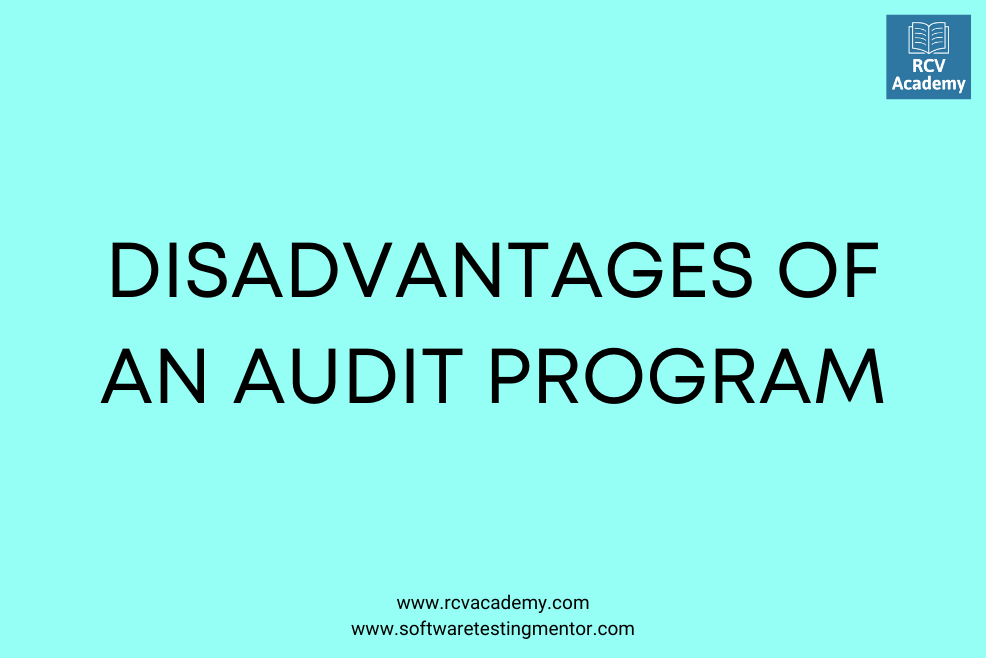In this tutorial, we will learn about audit evidence, and the essentials of good audit evidence provide grounds for believing that a particular thing is right or not by providing support for a fact or a point in question.
Audit evidence is obtained by auditors during a financial audit and recorded in the check audit notebook.
- Auditors need audit evidence to see if a company has the correct information considering their financial transactions so that a Certified Public Accountant can confirm their financial statements.
- Audit evidence is the information that they (auditor) considers for the appointment in the audit engagement acceptance or reappointment stage. E.g., change in the entity control environment, inherent risk and nature of the entity business, and scope of audit work.
- Evidence is the information that the auditor must consider for the most effective and efficient audit approach in the audit planning stage. E.g., the reliability of internal control procedures and analytical review systems.
- In the control testing stage, audit evidence is the information that the auditor is to consider for the mix of audit test of control and audit substantive tests.
- Audit evidence is the information that the auditors need to support the appropriation of financial statement assertions in the functional testing stage. E.g., existence, rights and obligations, occurrence, completeness, valuation, measurement, presentation, and disclosure of a particular transaction or account balance.
- In the conclusion and opinion formulation stage, audit evidence is information that the auditor must consider whether the financial statements as a whole presents completeness, validity, accuracy, and consistency with the auditor’s understanding of the entity.
Tools of audit evidence are
a) Working papers
b) Audit notebook
The auditor has to obtain sufficient and appropriate evidence to substantiate his opinion on financial statements. The audit evidence provides grounds for believing that a particular thing is right or not by providing support for a fact or a point in question. The testimonies collected by the auditor must support the contents of the auditor’s report.
ESSENTIALS OF GOOD AUDIT EVIDENCE:
Sufficient:
The audit evidence is said to be adequate when they are inadequate quantity. The audit evidence enables the auditor to form an opinion on the financial information—sufficient evidence obtained by test checking instead of 100% checking.
Reliable:
The auditor obtains the evidence that is persuasive rather than conclusive; therefore, evidence cannot be 100% authentic. The reliability of audit evidence depends.
Source:
Whether the evidence obtained within the organization, i.e., internal and received from outside, i.e., external confirmation by the third party.
Nature:
Whether the explanation is a verbal explanation from client staff, visual, physical verification of stock, or documentary bills attached to vouchers.
Relevant:
It obtained audit evidence that must connect to the matter being checked. For example, .e.g., the balance stock in hand is correct, and then the relevant evidence shall provide the physical verification.
THUMB RULES:
The following rules of thumb have proven helpful in judging the appropriateness of evidence:
- Documentary evidence is usually better than testimonial evidence.
- Audit evidence is more reliable when the auditor obtains consistent evidence from different sources of different nature.
- Original documents are better than photocopies.
- Evidence from credible third parties may be better than evidence generated within the audited organization.
- The evidence made through the auditor’s direct observation, inspection, and computation is usually better than evidence obtained indirectly.
- The quality of information generated by the audited organization is directly related to the strength of the organization’s internal control; the auditor should have a good understanding of internal controls as they relate to the objectives of the audit.




